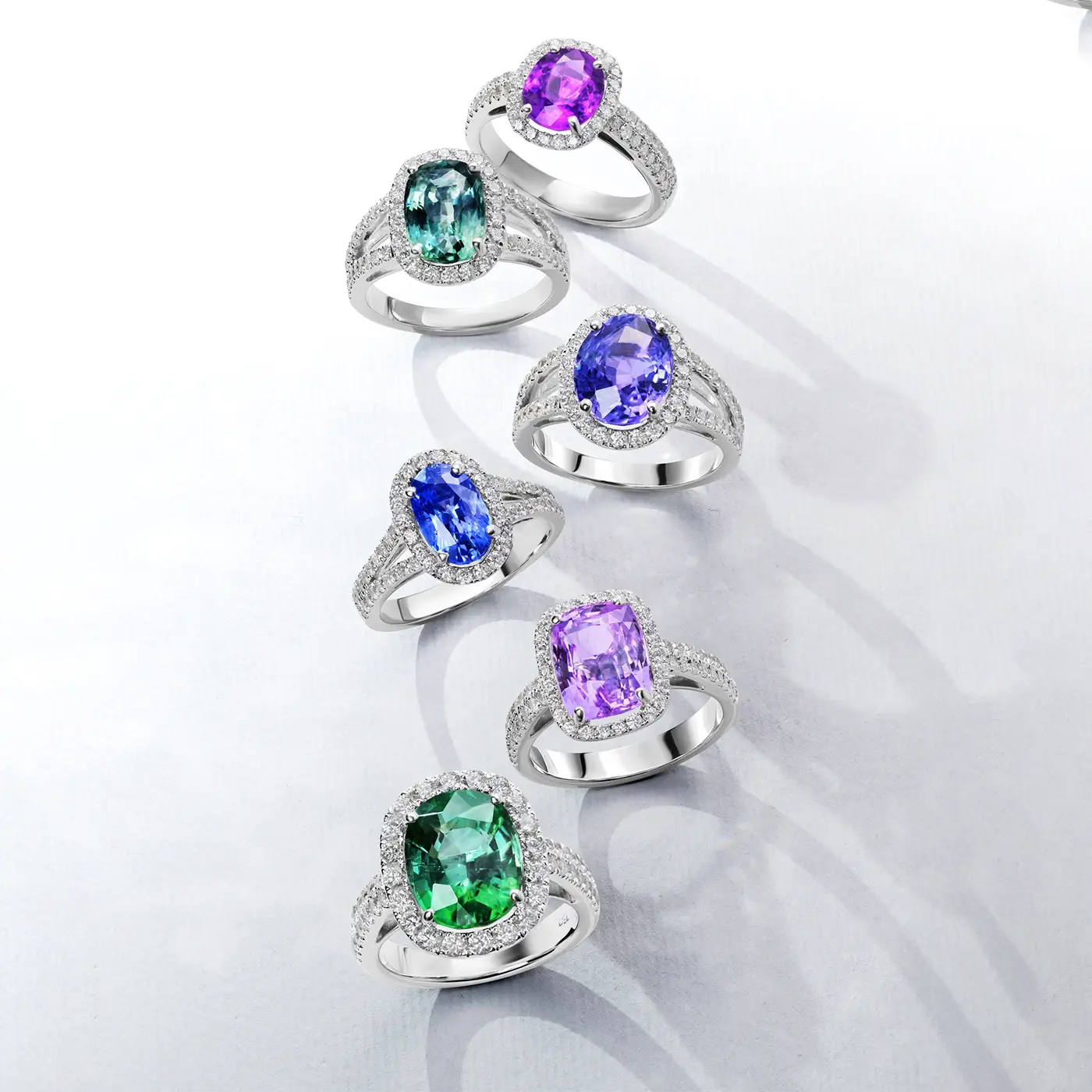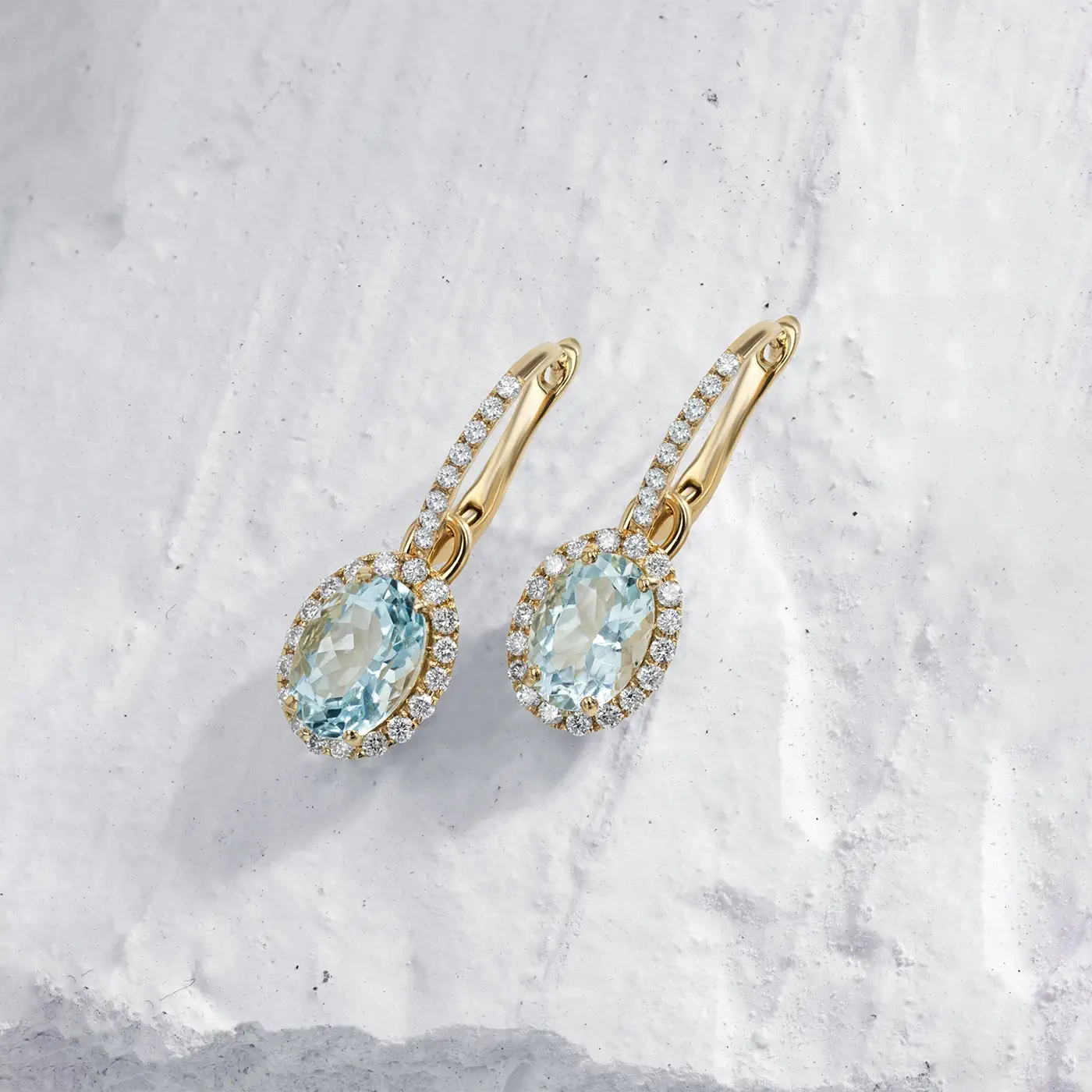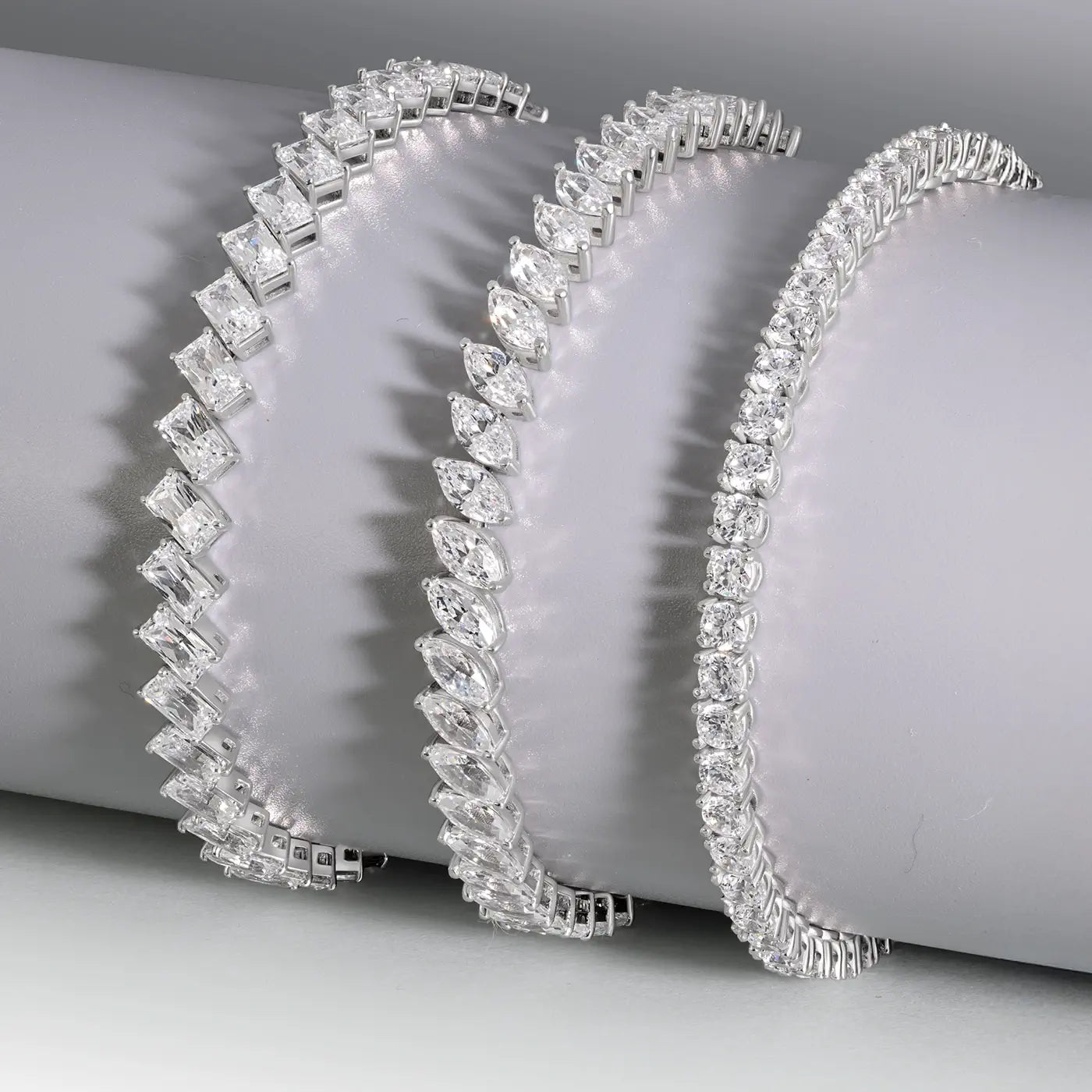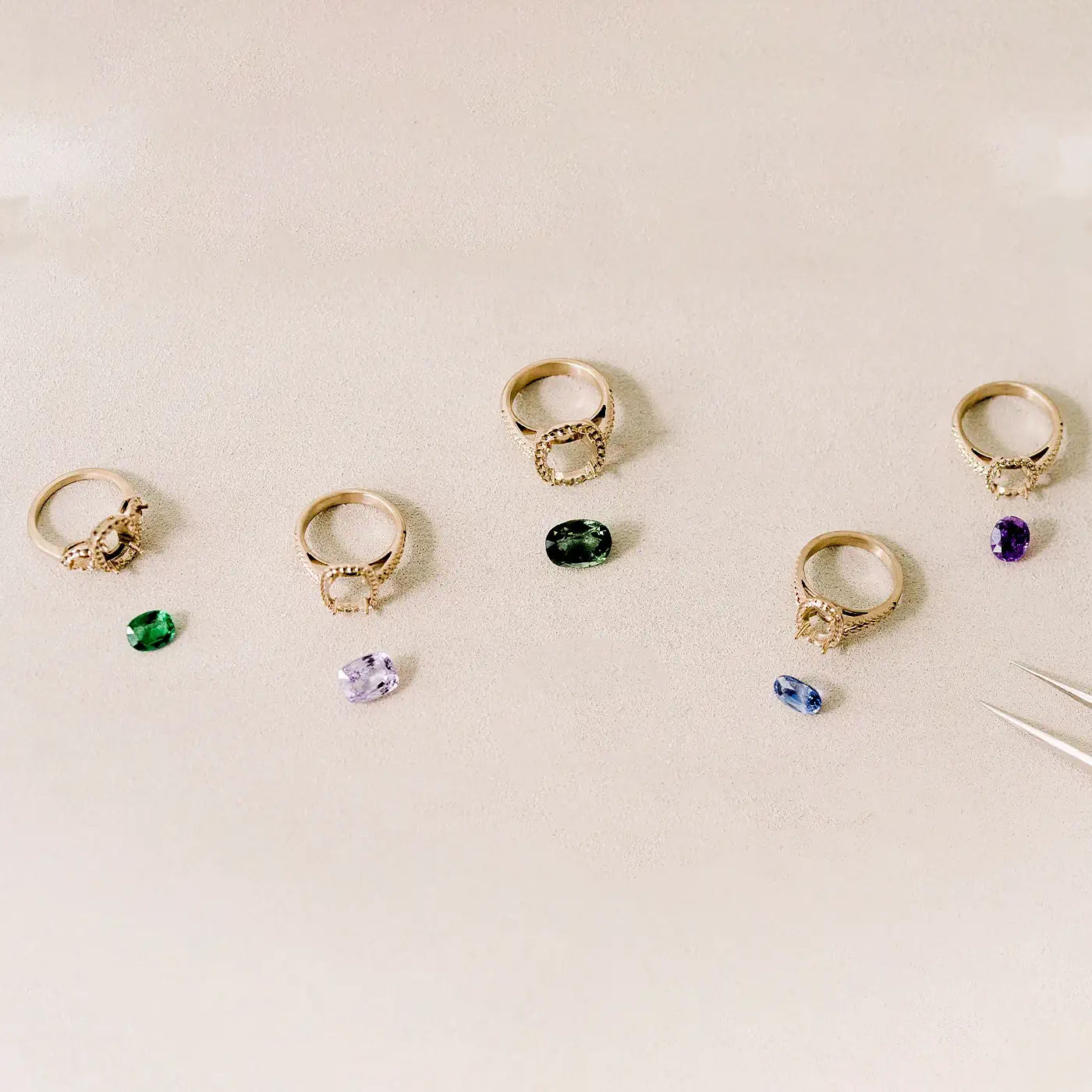ENCYCLOPEDIA
Pink Tourmaline Full Guide
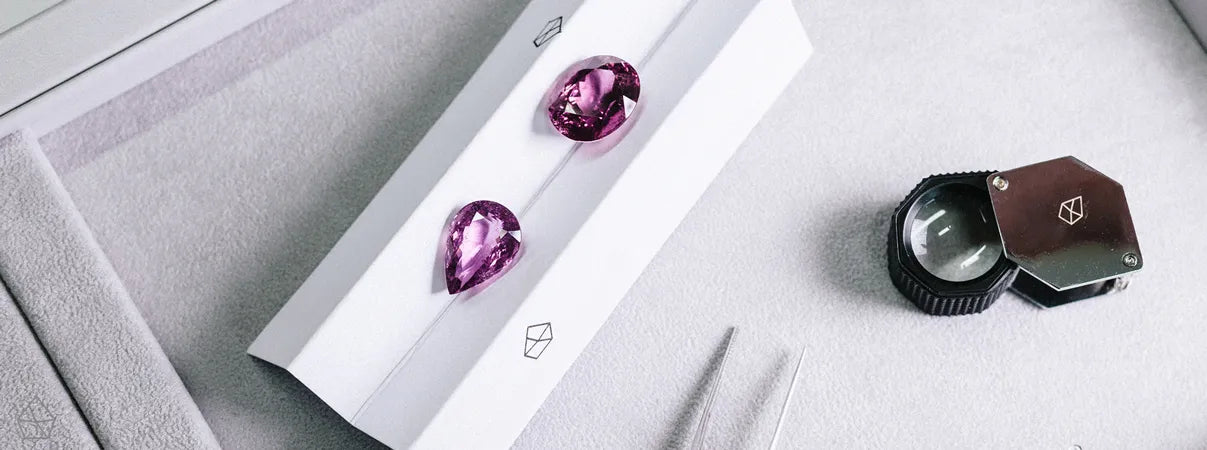
Characteristics of the Pink Tourmaline
Etymology: The name comes from the Sinhalese word "turamali," meaning "stones with mixed colors".
Family: Tourmaline
Chemical Composition: Boron silicate with trace elements like manganese contributing to the pink color.
Hardness: 7 - 7.5 on the Mohs scale
Density: 2.82 - 3.32, depending on the chemical composition.
Optical Properties: Strong pleochroism, showing different shades of pink when viewed from different angles.
Refractive Index: 1.616 - 1.666
Birefringence: 0.014 - 0.024
Crystal System: Hexagonal system
The origin of Pink Tourmalines
Pink tourmalines are found in various parts of the world, with notable deposits in Brazil, Africa (particularly in Nigeria and Mozambique), Afghanistan, and the United States, especially in California and Maine. These gemstones form in pegmatites and metamorphic rocks, where mineral-rich fluids allow boron silicates to crystallize into tourmaline with trace elements like manganese, which contribute to the pink coloration.
Carat
The carat is the standard unit of measurement for the weight of gemstones. One carat equals 0.2 gram.
It must not be mistaken with karat, the standard unit for the purity of gold.
The carat weight of pink tourmalines can vary widely, ranging from small, delicate stones less than a carat to substantial gems of 10 carats or more, as it is naturally found in large crystals.
The color of Pink Tourmalines
The color of pink tourmalines ranges from pale, soft pinks to deep, vibrant magentas. The hue is influenced by trace elements like manganese and sometimes lithium within the crystal structure. The depth of color can vary within a single crystal, leading to beautiful gradients and color zoning. High-quality pink tourmalines display a rich, saturated color without significant brown or gray overtones, which are more desirable and valuable.
Tourmaline have a naturally high pleochroism, meaning they displays different colors depending on the direction of the light. It will have a huge influence on a stone's color, and lapidaries will be cutting the stones in a specific direction in order to bring out the most beautiful colors.
Discover our Guide on the Colors of Gemstones.
The clarity of the Pink Tourmaline
Pink tourmalines can have more eye-visible inclusions compared to the green specimens, but unless they are too numerous or too big, the color will come first in terms of value.
Overall, eye-clean pink tourmalines are a common occurrence.
Cut & Shapes
Pink tourmalines are shaped into a range of cuts and styles, with faceted cuts like round, oval, pear, cushion, and emerald being popular to enhance the stone's brilliance and color depth. Cabochon cuts are chosen for stones with captivating inclusions, offering a smooth, polished surface. Custom and freeform cuts are also utilized to emphasize unique features such as color zoning or to maximize the retention of the gem's original size, with each cut tailored to highlight the pink tourmaline's individual beauty and minimize any flaws.
Oval Shape Pink Tourmaline
Round Shape Pink Tourmaline
Pear Shape Pink tourmaline
Cushion Cut Pink Tourmaline
Birthstone & Wedding Anniversary
The pink tourmaline is one of the birthstones for October, alongside opal and tourmalines of other colors.
Pink tourmalines are also used to celebrate the 8th wedding anniversary in the United States and 52nd wedding anniversary in France.
Discover our Birthstone Full Guide.
Treatment
Pink tourmalines, like tourmaline of other colors, are generally left untreated.
However, the percentage of treated pink tourmalines has increased in recent years due to increasing demand. They can either go through irradiation, which intensifies the hue of the stone, or through heat treatment to both lighten the color and reduce the inclusions.

